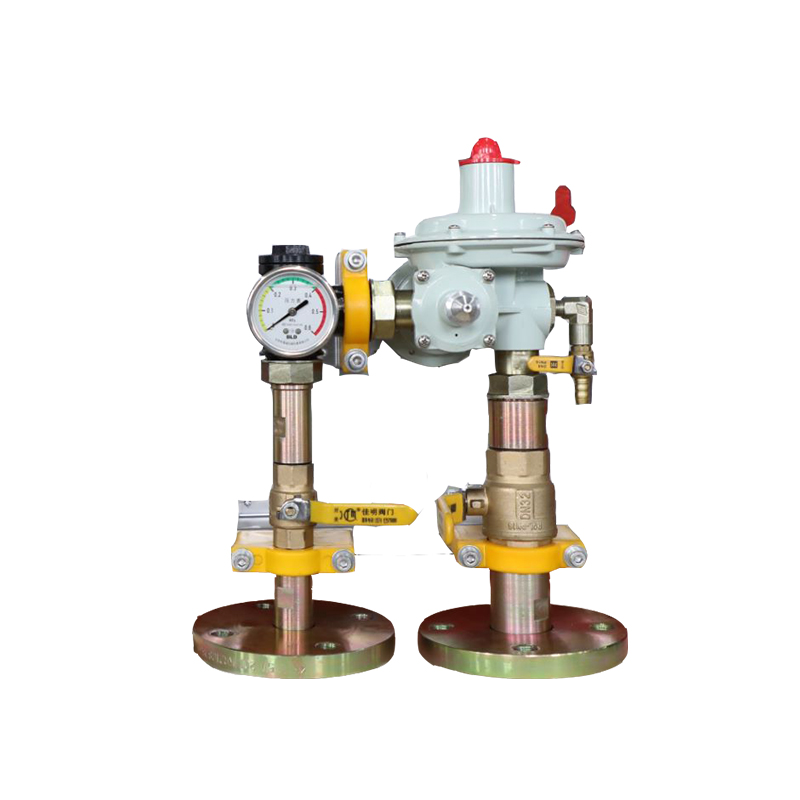
Nov . 26, 2024 03:12
Back to list
filtration
Understanding Filtration A Deep Dive into Its Principles and Applications
Filtration is a fundamental process employed in various fields to separate solids from liquids or gases. It plays a crucial role in industries ranging from water treatment to pharmaceuticals, food processing to environmental science. At its core, filtration relies on the principles of size exclusion and the physical characteristics of materials, making it a versatile and invaluable technique.
The Basics of Filtration
Filtration involves the passage of a fluid (liquid or gas) through a porous medium that acts as a barrier to separate particles from the fluid. The particles that are too large to pass through the filter are retained, while the clean fluid flows through. The effectiveness of a filtration process depends on several factors, including the size of the pores in the filter medium, the properties of the particles being filtered, and the characteristics of the fluid.
There are various types of filtration methods, each designed for specific applications. Some of the most common methods include
1. Mechanical Filtration This technique utilizes physical barriers, such as screens or membranes, to trap solid particles as the fluid flows through.
2. Gravity Filtration In this method, gravity is the driving force that allows the fluid to pass through the filter medium. It is commonly used in laboratory settings for separating liquids from solid residues.
3. Vacuum Filtration This process involves applying a vacuum to draw the fluid through the filter. It is often used when faster filtration is necessary or when dealing with finer particles.
4. Membrane Filtration This advanced technique employs selective barriers made from synthetic materials, allowing for the separation of particles based on size and charge. Membrane filtration is widely used in water purification and the dairy industry.
5. Chemical Filtration This involves the use of adsorbents or chemical agents to remove contaminants, such as activated carbon filters used to purify drinking water by adsorbing impurities.
filtration

Applications of Filtration
Filtration has a myriad of applications across different sectors. In water treatment facilities, for instance, filtration is crucial for ensuring safe drinking water. The process removes impurities, sediments, and pathogens, making the water suitable for consumption. Advanced filtration systems, such as reverse osmosis and nanofiltration, are employed to achieve higher purification levels.
In the pharmaceutical industry, filtration is essential for the production of sterile products. It is used to remove particulates and microorganisms from liquids, ensuring that medications are safe for human use. Furthermore, filtration techniques are integral in biotechnology processes, where it aids in cell harvesting and separating proteins.
Food processing also heavily utilizes filtration to enhance product quality and safety. For example, the clarification of juices and wines often involves filtration to remove solid particles and achieve a clear appearance. Additionally, filtration is employed in the production of oils to eliminate impurities and improve shelf life.
Environmental applications of filtration are becoming increasingly important in a world facing pollution challenges. Air filtration systems are designed to remove particulate matter and volatile organic compounds from industrial emissions, helping to reduce air pollution. In wastewater treatment, filtration helps in recovering clean water and ensuring that harmful substances are adequately removed before the water is released back into the environment.
The Future of Filtration
As industries continue to evolve and the demand for high-quality products and services grows, the field of filtration is also advancing. Innovations such as nanotechnology and smart materials are paving the way for more efficient and effective filtration methods. Researchers are exploring the use of biomimetic membranes inspired by natural filtration processes found in organisms, leading to improved performance and sustainability.
Moreover, there is a rising emphasis on environmental sustainability, leading to the development of biodegradable and recyclable filter materials. As society becomes more conscious of its ecological footprint, filtration technologies are adapting to meet the needs of a greener future.
In conclusion, filtration is a multifaceted process that underpins many essential functions in our daily lives and industrial practices. Its versatility and adaptability make it a critical component in ensuring safety, quality, and environmental protection. As research continues to drive advancements in filtration technologies, we can expect to see even more innovative solutions that address the challenges of our time.
Latest news
-
Safety Valve Spring-Loaded Design Overpressure ProtectionNewsJul.25,2025
-
Precision Voltage Regulator AC5 Accuracy Grade PerformanceNewsJul.25,2025
-
Natural Gas Pressure Regulating Skid Industrial Pipeline ApplicationsNewsJul.25,2025
-
Natural Gas Filter Stainless Steel Mesh Element DesignNewsJul.25,2025
-
Gas Pressure Regulator Valve Direct-Acting Spring-Loaded DesignNewsJul.25,2025
-
Decompression Equipment Multi-Stage Heat Exchange System DesignNewsJul.25,2025

